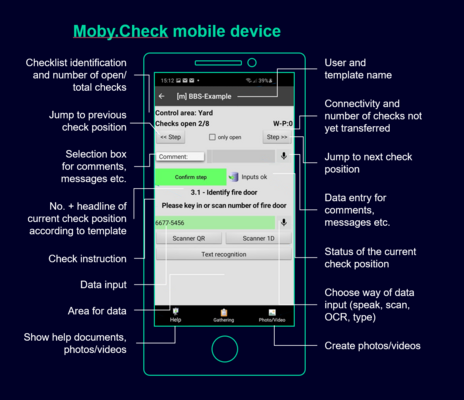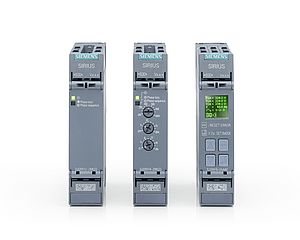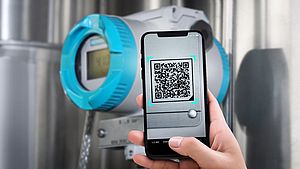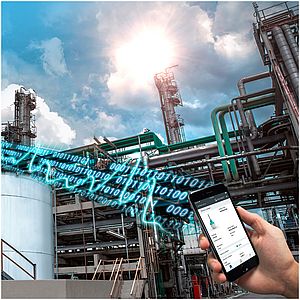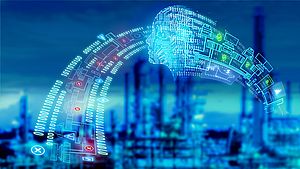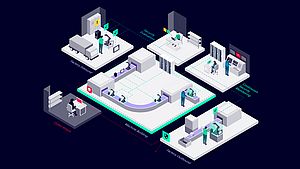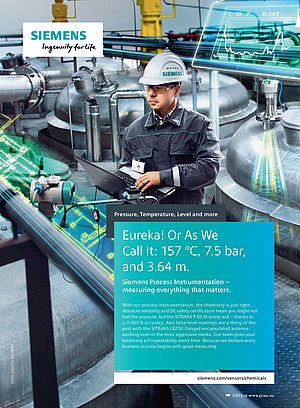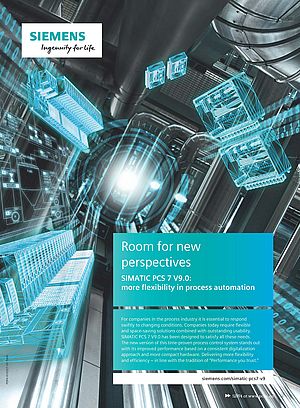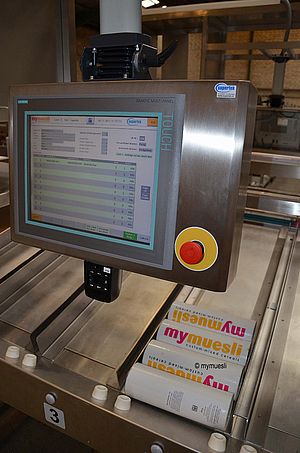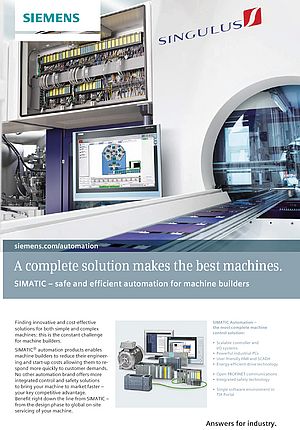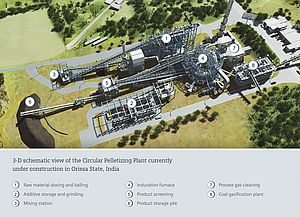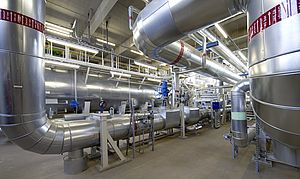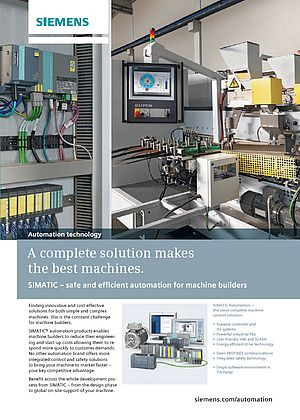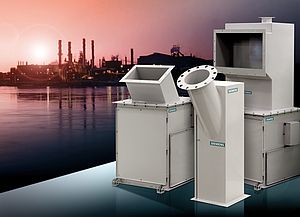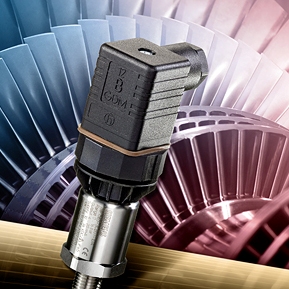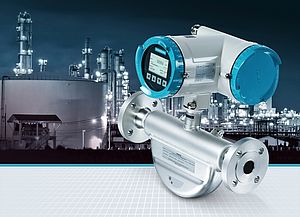Digitalization projects are often thought of on a large scale, for example, completely digital production or the digital twin of the plant. The added value that is ultimately achieved is initially theoretically determinable, but the path to it is not always predictable. Digitalization is never an end in itself; the return on investment (ROI) should ideally be foreseeable and precisely quantifiable. This is much more possible with smaller digitalization projects.
Time, effort, and cost are predictable, and the benefits are often verifiable after a short time. In addition, such steps make a significant contribution to continuously increasing the digital maturity of plants. Above all, these measures are not only easy to scale, but can also be placed in a larger context. In this way, very specific tasks can be solved in a goal-oriented manner. Let’s look at some of the fundamental challenges the process industries are facing: The growing pressure to cut costs, combined with the significant increase in the shortage of specialists, is leading to the use of external skilled workers in many areas. Just like in-house employees, they are increasingly dependent on easily accessible data, operating and work instructions as plants become larger and more complex.
Against this backdrop, paper, clipboard, and pen, which are still ubiquitous in many phases of the plant lifecycle today, appear to be exceedingly ineffective tools.
The digital worker
Commissioning, maintenance work, safety inspections - checklists that serve to document work procedures can be found everywhere. Since these documents often have legal value as evidence, the paper documents are kept and, depending on their use, are also converted into a (partially) electronic form. This is time-consuming and error-prone. Above all, such a procedure is contradicting with data integrity, transparency, and the easiest possible access to information, which today - in the digital age - is not only possible but also sometimes necessary. To this end, it is required to equip the personnel deployed with appropriate documentation tools. The analog employee thus becomes a digitally empowered worker. In the future, they will no longer need to know all the details of the plant but will be guided by the system to their place of work. There, they will no longer carry out their work with a paper checklist, pen, and clipboard, but with a mobile end device: laptop, tablet, smartphone, or data glasses. These tools not only allow information to be entered directly into central databases, but in turn provide access to relevant data necessary for proper workflows. A system that enables a worker to work digitally must meet appropriate requirements: In addition to an intuitive user interface, it should above all be able to connect to as many different data sources as required, because in many plants data is distributed in many different places, for example in enterprise resource planning, engineering, or distributed control systems. Not only do they all provide valuable information, but they also benefit from data input straight from the field.
Application oriented tool
With the concept of the “Digital Worker”, Siemens summarizes this form of digital working in technological terms. An application server, which can run either cloud-based or on-premises, forms the data hub and ensures data management and consolidation of information. The Digital Worker provides targeted support for very specific applications: Loop checks and commissioning of field devices during commissioning, process and quality controls as well as safety inspections and extensive maintenance support during operation, turnaround or shutdown management and many more. Depending on the use case, the system not only provides task-specific information, the output on the mobile devices is also adapted to the tasks. This also includes augmented reality services that enrich the real environment with digital content. For example, process values can be overlaid on real components such as bioreactors or pumps, and all plant equipment can be reliably identified.
The end of the paper economy
As in other chemical companies, printed checklists ruled the day-to-day lives of many operating and maintenance crew members at specialty chemicals company Lanxess for decades: Every year, the Cologne-based company came up with around 400,000 operating and maintenance checklists. Today, these are filled out via tablets and smartphones. For the digitalization of the templates and the IT infrastructure, Lanxess relies on the support of Siemens and the Moby.Check software solution. Today, pump maintenance, regular checks of critical safety equipment and process documentation no longer require a single sheet of paper. A suitable digital checklist is available for each procedure. Entries made by specialists on site are forwarded directly in the correct format to the relevant IT systems via the application server after secure user authentication. The Moby.Check digital checklists are directly linked to Lanxess’ maintenance and enterprise resource planning systems via interfaces. This end-to-end integration into workflows saves duplication of effort. In addition, the templates and interfaces ensure that data is transferred correctly. Automatic archiving ensures the legally secure storage of the data. Moby.Check is also offline-capable for smooth and operational use: If there is no server connection, data is temporarily stored locally until the mobile device connects to the server again.
Easy to use, open to new ideas
When implementing the digitized operating procedures, the focus was on ease of use. When digitizing the checklists, Lanxess specialists checked that they were up to date and made suggestions as to how processes could be made even more efficient in the future. The implementation was supported by Siemens in an advisory capacity, and the checklists themselves could be conveniently created by Lanxess employees thanks to the easy-to-use checklist editor. Working with the digital equivalents required little rethinking, and so the system was rolled out plant-wide with less than a day of training. Roll-out for 65 operating sites worldwide is imminent. For Lanxess and other customers, one thing is certain: the “Siemens Digital Worker” is an application-oriented, flexible, and open solution that can be used to bring previously paper-based workflows into the digital age. This not only simplifies these procedures and takes less time, but also significantly increases data quality and integrity. The system is up and running very quickly and can be easily adapted to new operations. In cooperation with its customers, Siemens is continuously expanding the number of use cases covered.




